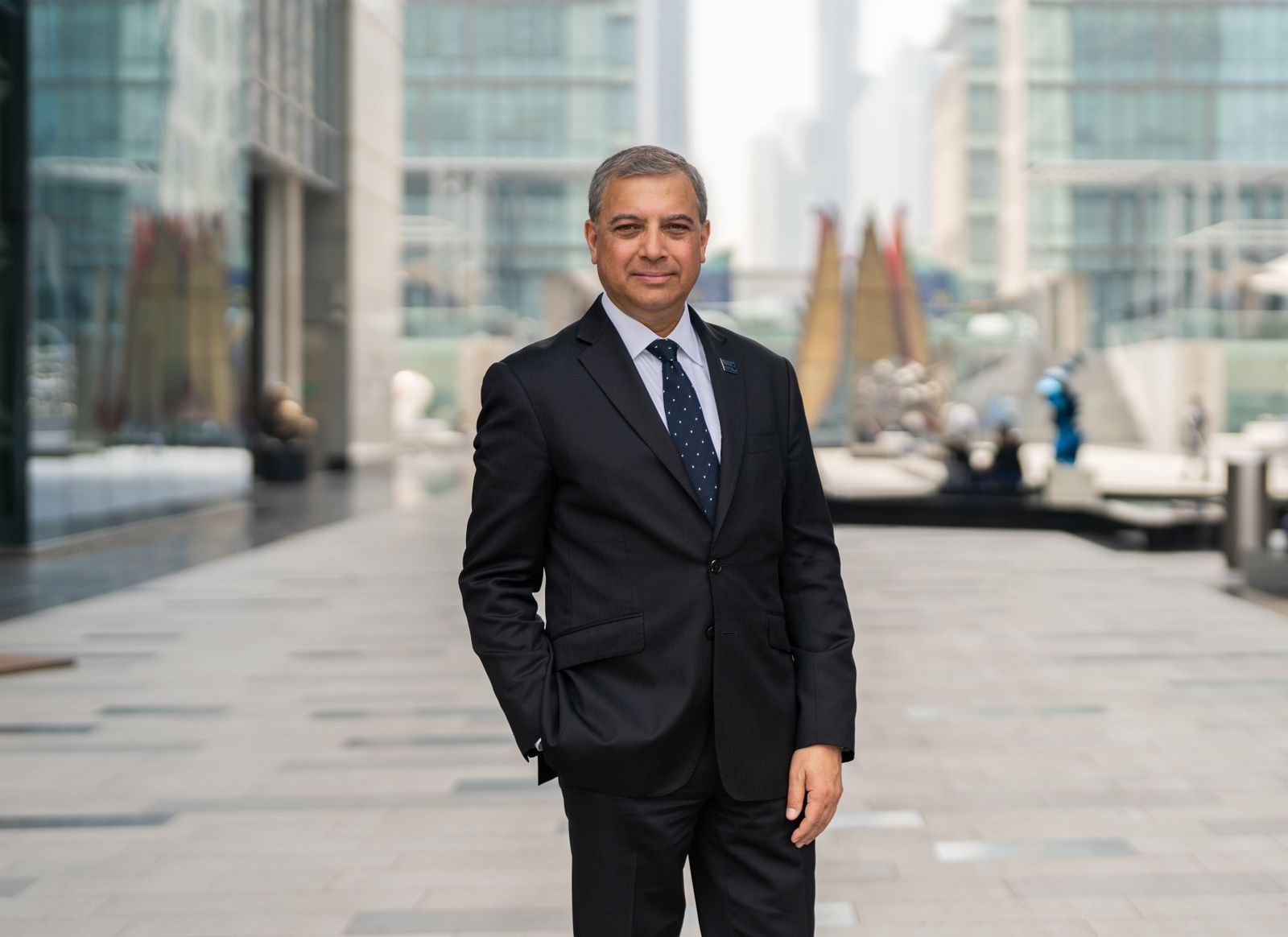
Looking towards 2025, businesses in the GCC find themselves at an interesting crossroad, where technology and shifting consumer behaviours are changing the way brands connect with their audiences.
Marketers will need to master the use of AI while remaining uniquely creative and visionary. The dominance of short-form video will continue to evolve, in tandem with creators, and personalisation will need to diversify to address increasingly fragmented audience preferences and emerging trends.
As competition intensifies, brands will be tasked with balancing automation and human touchpoints, ensuring their strategies are both data-driven and authentically engaging.
From insight to impact
Artificial intelligence is no longer a concept of the future. It is now a fundamental tool in marketing today. In this region, where consumer behaviours are as diverse as the cultures, AI allows brands to gain deep insights into their audiences. By analysing patterns and preferences, marketers can craft campaigns that resonate on an individual level.
Noon has already had great success using AI to improve its recommendation engines, increasing customer experience and sales conversion rates. Similarly, AI-driven chatbots are finding wider applications in customer service, right from banking to retail. By 2025, the function of AI will continue to expand as companies use predictive analytics to anticipate what consumers need, automate content creation, and optimise ad spend. The brands that win will be those that treat AI like a strategic collaborator.
Short-form video content will continue to rise
In a region where nearly 50 per cent of the population is below the age of 30 years and is increasingly consuming bite-sized, visually captivating content, short-form video content is proving successful in marketing, and it’s not likely to slow down.
To remain relevant and stand out from competitors, brands will need to create content that is entertaining, informative, and value-driven to their audiences. Storytelling is key, but it must be short, digestible, and localised to each market.
From reach to relevance
The influence of creators and social media personalities cannot be ignored. Consumers in this part of the world place a high value on trust, and influencers act as trusted voices, bridging the gap between brands and their target audience.
However, today, it is no longer just about the number of followers; rather, it is about relevance and alignment. Brands have now shifted their focus to micro and nano influencers with fewer followers but highly engaged audiences. By partnering with creators who authentically resonate with target consumers, brands are making a bigger impact.
In the region, the launch of the UAE’s first AI influencer, Mayaseen.R, by Radix Media MENA, marks a leap into a new era in digital marketing, demonstrating how AI technology can be put to use in influencer marketing.
Also, advertisers are doubling down on influencer marketing to cut the clutter of traditional advertising. Publicis Groupe has recently announced a $500 million acquisition of Influential—an AI-powered influencer marketing platform that underlines a shifting strategy as companies increasingly recognise that back-channeling ads through real people rather than traditional media is better at gaining consumer trust and attention.
Going into 2025, influencer marketing will continue to grow, but brands must adopt a more strategic approach, focusing on long-term partnerships and content co-creation and measuring success using engagement and conversion as metrics, not just reach.
Personalisation 2.0
Tomorrow’s consumers expect much more than seeing their name at the head of a newsletter. They want experiences tailored to their unique and changing preferences and needs. Careem uses user data to offer personalised ride recommendations, curated offers, and even route suggestions based on how a person travels. This increases user satisfaction and encourages loyalty in a highly competitive market.
As AI and machine learning continue to advance, brands will need to offer more hyper-personalised experiences that factor in real-time data, behavioural insights and memory, plus predictive analytics. This evolution will ensure marketers deliver tailored content, offers, and recommendations that are within context and sent with both intent and timing.
Road ahead
To succeed in 2025, businesses must leverage deep personalisation beyond data-driven recommendations to hyper-localised content, AI-powered predictions of future preferences, and real-time customer engagement through dynamic, interactive platforms. With all these trends at play, brands can create closer ties, build loyalty, and emerge as market leaders in the region teeming with so much potential.
By Prashant Malaviya, Vice Dean of Programs, Georgetown University’s McDonough School of Business









